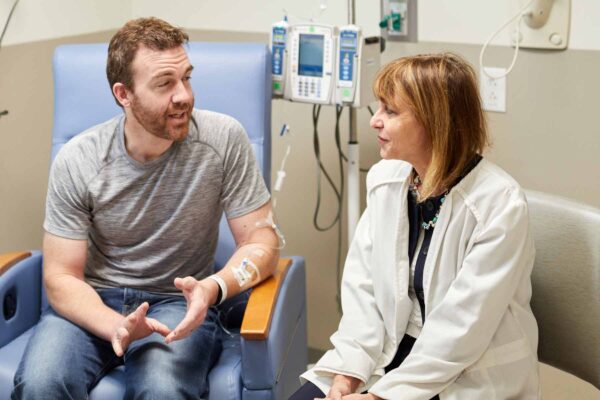Neuroinfectious diseases can be puzzling. Neurologists play a key role in diagnosing and treating these conditions. They focus on infections that affect the brain, spine, and nerves. With expertise and precision, doctors identify the root cause and offer solutions. From viral infections to bacterial threats, they cover a wide spectrum. Just like a migraine specialist Alexandria navigates complex headaches, neurologists use their skills to tackle these intricate diseases. Understanding their approach can shed light on how they work to protect our nervous system.
Understanding Neuroinfectious Diseases
Neuroinfectious diseases arise when infections invade the nervous system. These infections come from viruses, bacteria, fungi, or parasites. Some common examples include meningitis, encephalitis, and neurosyphilis. Each of these conditions presents its own set of challenges.
Neurologists focus on how these infections affect the brain and nerves. They work to identify symptoms early and provide effective treatment. This specialized care helps prevent permanent damage to the nervous system.
Diagnosis and Treatment
To diagnose neuroinfectious diseases, neurologists use various tools. They rely on medical history, physical exams, and specialized tests. Imaging techniques like MRI and CT scans provide detailed views of the brain. Blood tests and spinal taps help identify the specific infection.

Once diagnosed, treatment begins. The choice of treatment depends on the cause of the infection. Antiviral, antibacterial, or antifungal medications are common options. In some cases, hospitalization is necessary for close monitoring.
Role of Prevention
Prevention is vital. Vaccination can protect against some neuroinfectious diseases. For example, vaccines for meningitis have reduced cases significantly. Practicing good hygiene and avoiding exposure to known risks also helps.
Education about these diseases is crucial. By spreading awareness, we can reduce the incidence and improve outcomes. Neurologists often collaborate with public health institutions to promote preventive measures.
Challenges in Management
Managing neuroinfectious diseases presents unique challenges. Neurologists must stay updated on the latest research and treatments. These diseases can be fast-paced and require quick responses.
Collaboration with other healthcare professionals is often necessary. Infectious disease specialists, radiologists, and laboratory technicians all play a part. Together, they form a team that works to ensure the best care for patients.
Data and Statistics
Here is a data table showing some common neuroinfectious diseases and their causes:
| Disease | Cause | Common Treatment |
| Meningitis | Bacterial or Viral | Antibiotics or Antivirals |
| Encephalitis | Viral | Antivirals |
| Neurosyphilis | Bacterial | Penicillin |
| Neurocysticercosis | Parasitic (Tapeworm) | Antiparasitics |
Looking Ahead
Research continues to advance our understanding of neuroinfectious diseases. New treatments and diagnostic tools are under development. Neurologists stay at the forefront of these advancements to provide the best care possible.
Continued education and awareness are critical. By learning about these diseases, we can support efforts in prevention and treatment.
Working together, we can make strides in the fight against neuroinfectious diseases. With the expertise of neurologists, these challenges can be met with confidence and care.




